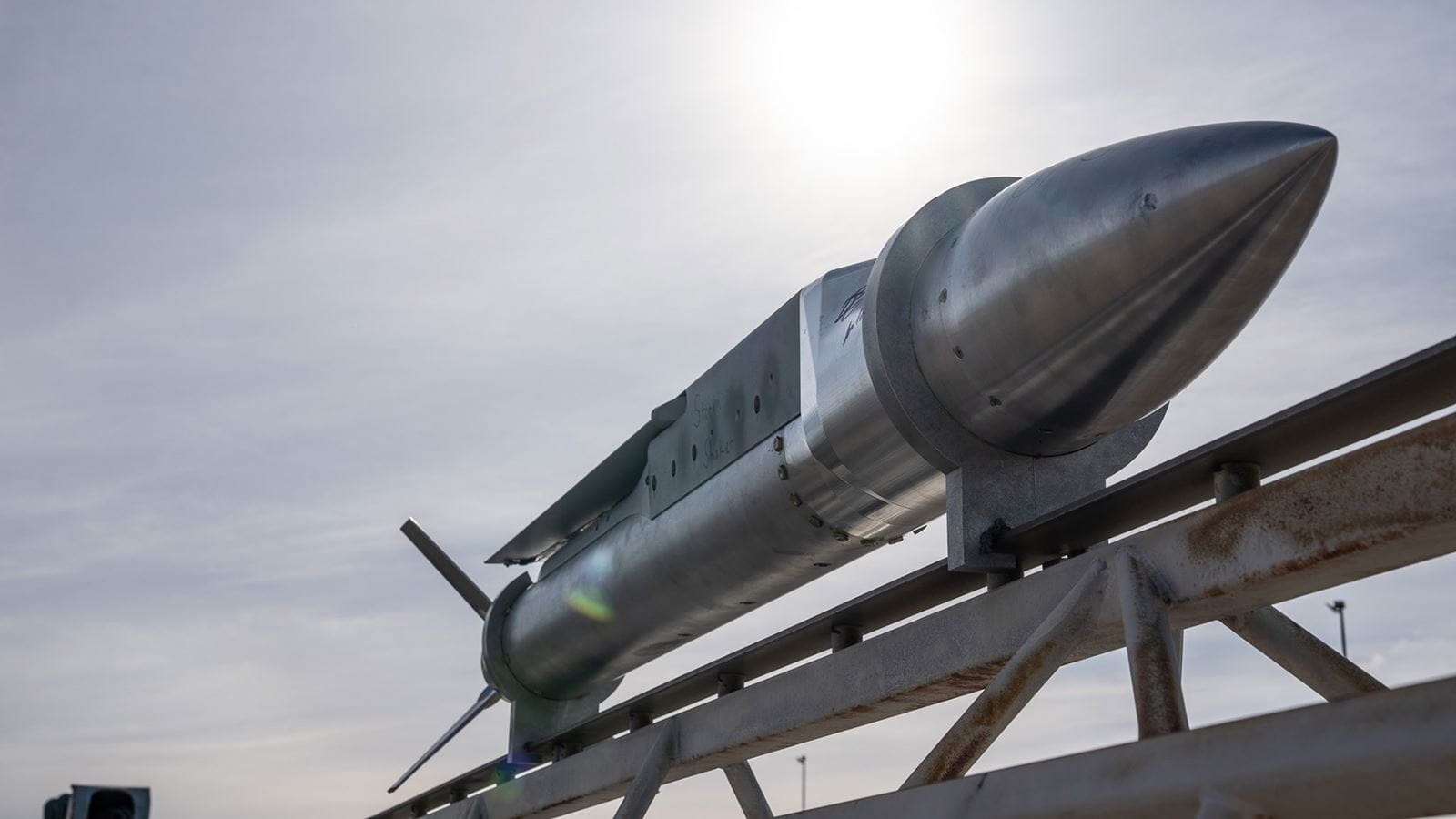By Colton Jones
Copyright defence-blog

Raytheon, an RTX business, has successfully completed testing of a ground-launched variant of its StormBreaker smart weapon, developing and launching the prototype in just 50 days. The rapid test underscores the company’s push to expand precision strike options beyond the air domain and into ground-based platforms. The test took place this spring at a private range in California’s Mojave Desert, where the prototype weapon was launched using a commercial off-the-shelf rocket motor. According to Raytheon, the system achieved all primary test milestones, including reaching an altitude of roughly 20,000 feet. “Recent global conflicts have highlighted the need for a smart, ground-launched, precision strike weapon that can perform in GPS-contested areas,” said Sam Deneke, president of Air & Space Defense Systems at Raytheon. “StormBreaker is a composable weapon, which allows it to be customized to meet mission demands. Using the foundational components of air-launched StormBreaker allowed us to move faster than ever before, going from concept to test flight in under two months.” StormBreaker is currently the only fielded, network-enabled precision weapon capable of engaging both moving and stationary targets in all weather conditions — on land or at sea. It has been approved for use on the F-15E Strike Eagle and F/A-18E/F Super Hornet, and integration is underway on all variants of the F-35. The ground-launched variant retains the same core design as the air-launched version but introduces new capabilities tailored to land-based operations. Raytheon says the weapon will deliver extended range and expanded offensive options, covering the same target set as its airborne counterpart. Its adaptability, including potential use in environments where GPS signals are degraded or denied, is expected to make it a key tool for future battlefield scenarios. Raytheon emphasized that the success of the prototype reflects an accelerated development model enabled by reusing proven StormBreaker technologies. By leveraging existing guidance, targeting, and networking components, engineers were able to transition from concept to live-fire demonstration in less than two months — a timeline that would have been unthinkable under traditional development cycles. Raytheon has made substantial investments in independent research and development, new facilities, and technical expertise to accelerate the project’s progress. The company says additional testing of the ground-launched StormBreaker will continue through 2025, with a focus on refining range, targeting, and integration with various launch platforms. The original StormBreaker — previously known as the Small Diameter Bomb II — was designed to give fighter aircraft the ability to strike maneuvering targets in complex environments. With its tri-mode seeker (millimeter-wave radar, infrared, and semi-active laser), it can track and hit targets in poor weather, obscured conditions, or against electronic countermeasures. Extending those capabilities to ground-launched platforms could dramatically expand its tactical utility.



